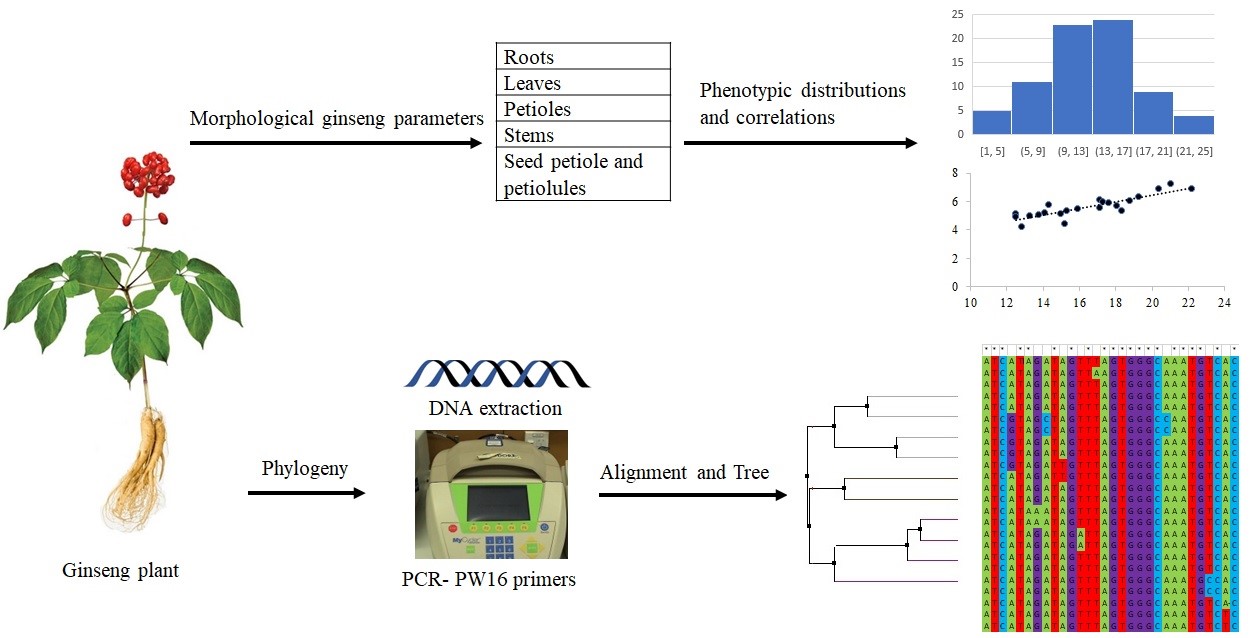QUÁ TRÌNH BIẾN ĐỔI KIỂU GEN VÀ KIỂU HÌNH CỦA SÂM BẮC MỸ KHI ĐƯỢC NUÔI TRỒNG

American ginseng (Panax quinquefolius) is highly valued for its medicinal properties, with Ontario emerging as a leading producer. The cultivation began with seeds collected from wild populations, resulting in a potentially diverse crop due to the absence of scientific selection. A study involving 162 American ginseng plants from a commercial garden assessed various morphological traits, such as root grade, stem length, and the fresh and dry weights of roots, leaves, stems, and seeds. The traits exhibited a wide range of values, with significant correlations identified between root and stem weights, root dry weight and leaf dry weight, as well as root and leaf fresh weights.
The plants were genotyped using single nucleotide polymorphisms (SNPs) at the PW16 locus, revealing 22 groups based on sequence relatedness, ranging from no SNPs in some groups to high diversity in others. These SNP groups corresponded with notable differences in certain traits, such as stem length and leaf weight. This research underscores the genetic and phenotypic diversity of cultivated American ginseng grown under consistent environmental conditions. The insights into the relationships between different phenotypes, and between genotype and phenotype, will be instrumental in future selection programs aimed at developing American ginseng cultivars with superior agronomic traits.
